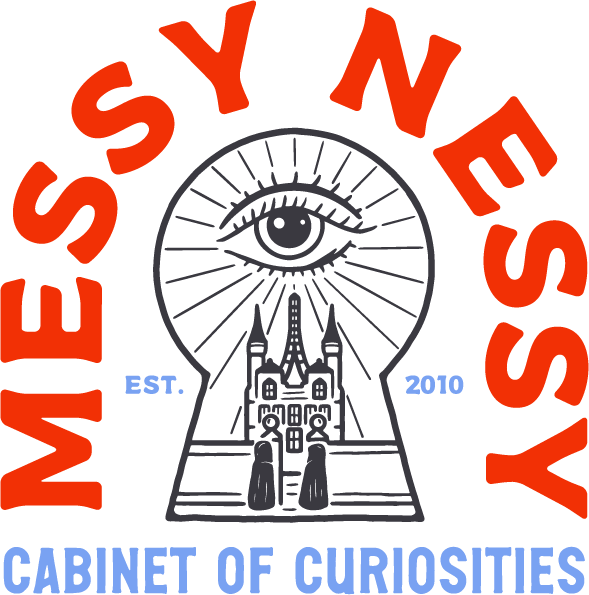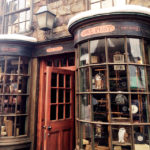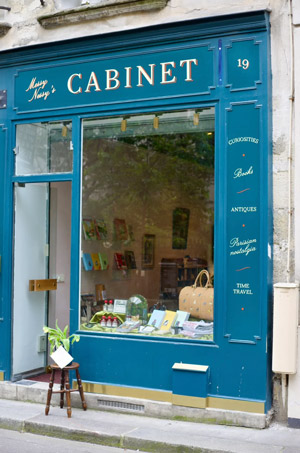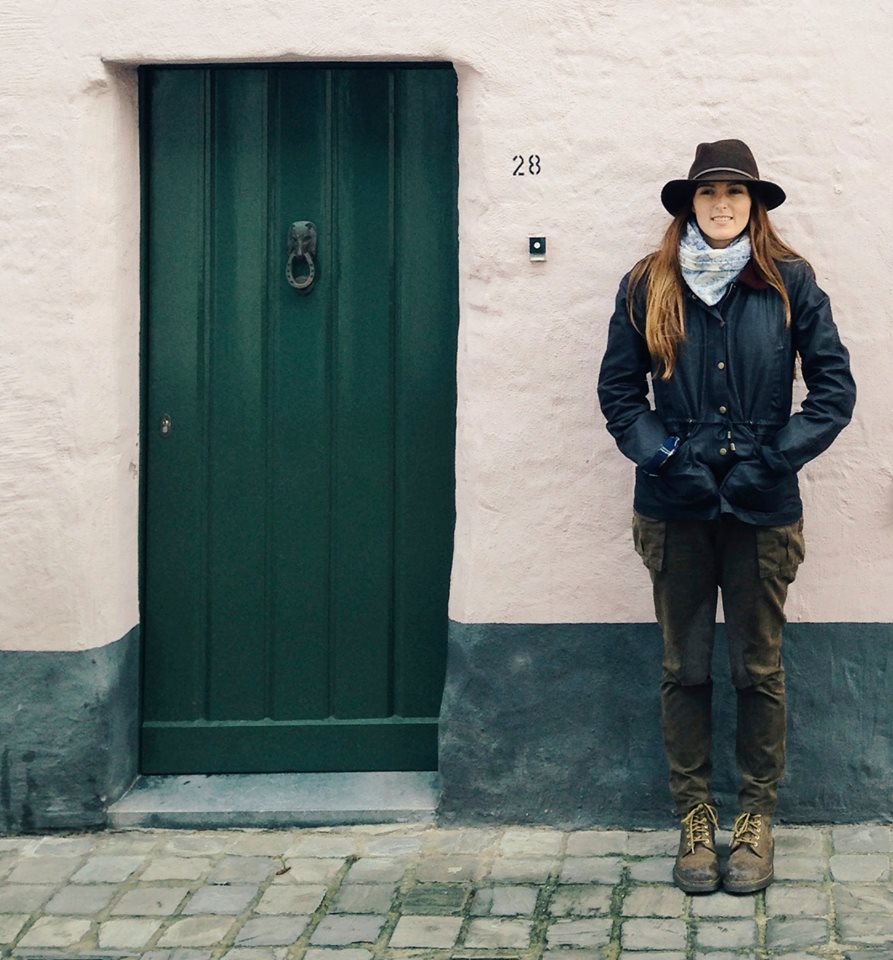1. For Sale: Portobello Road’s Most Famous Antiques Shop & the Home Upstairs
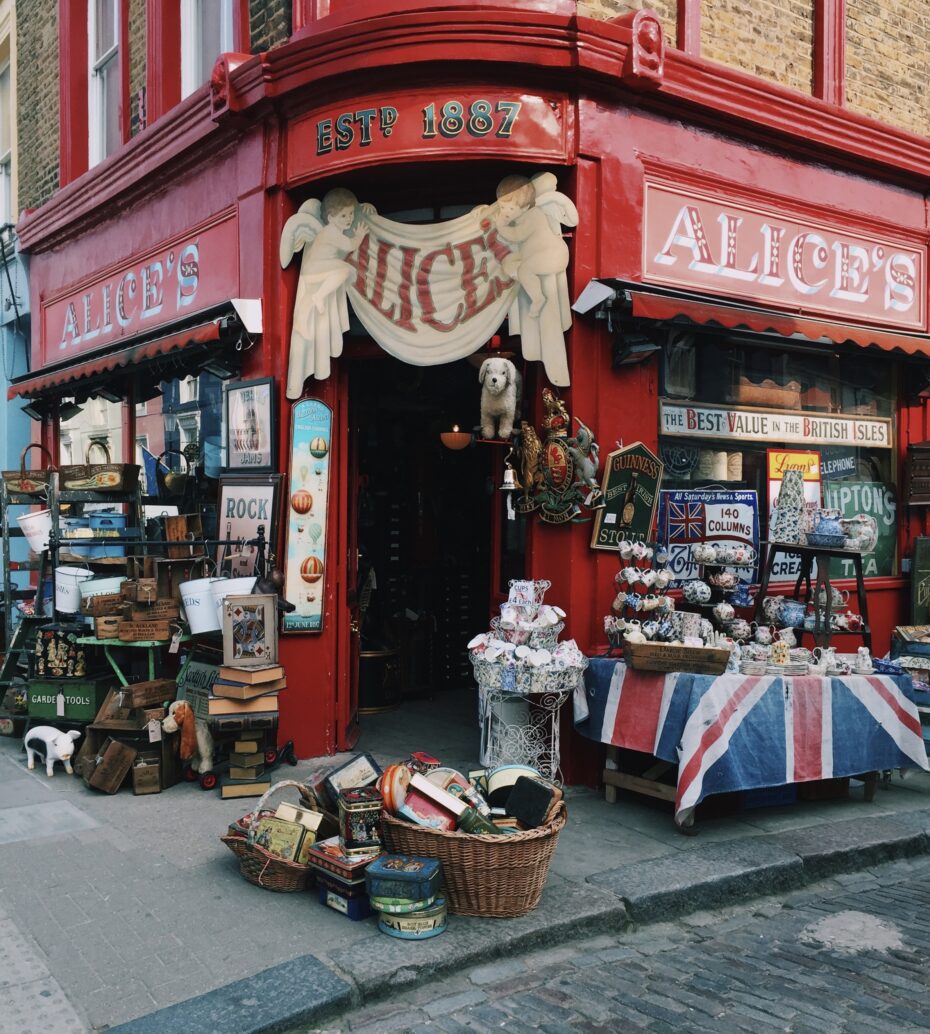
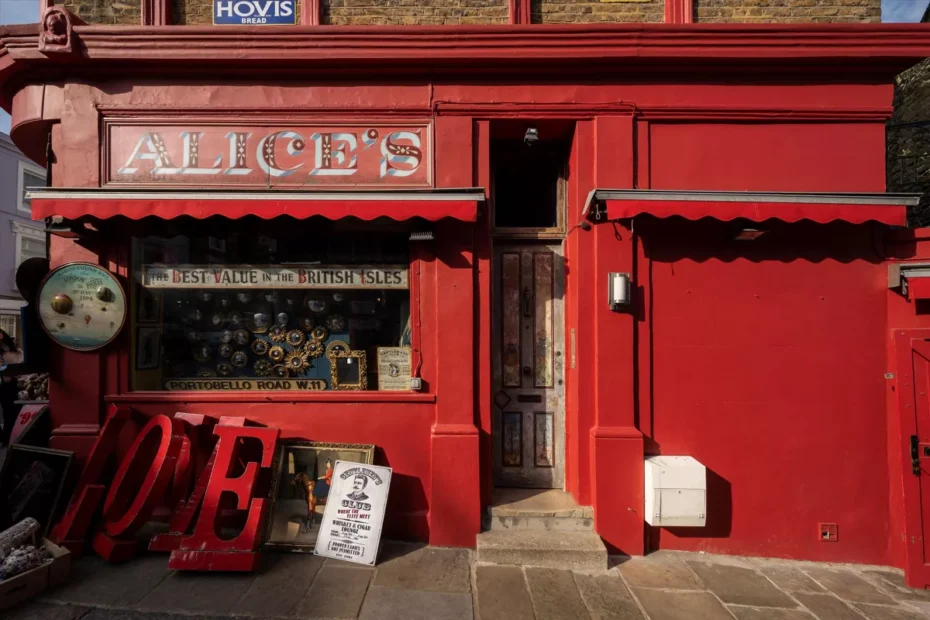

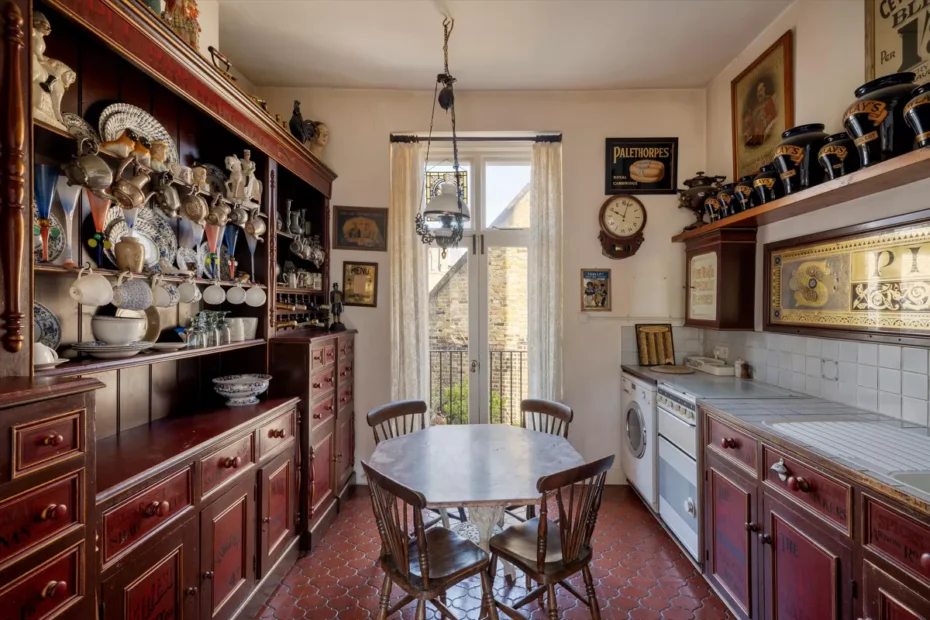
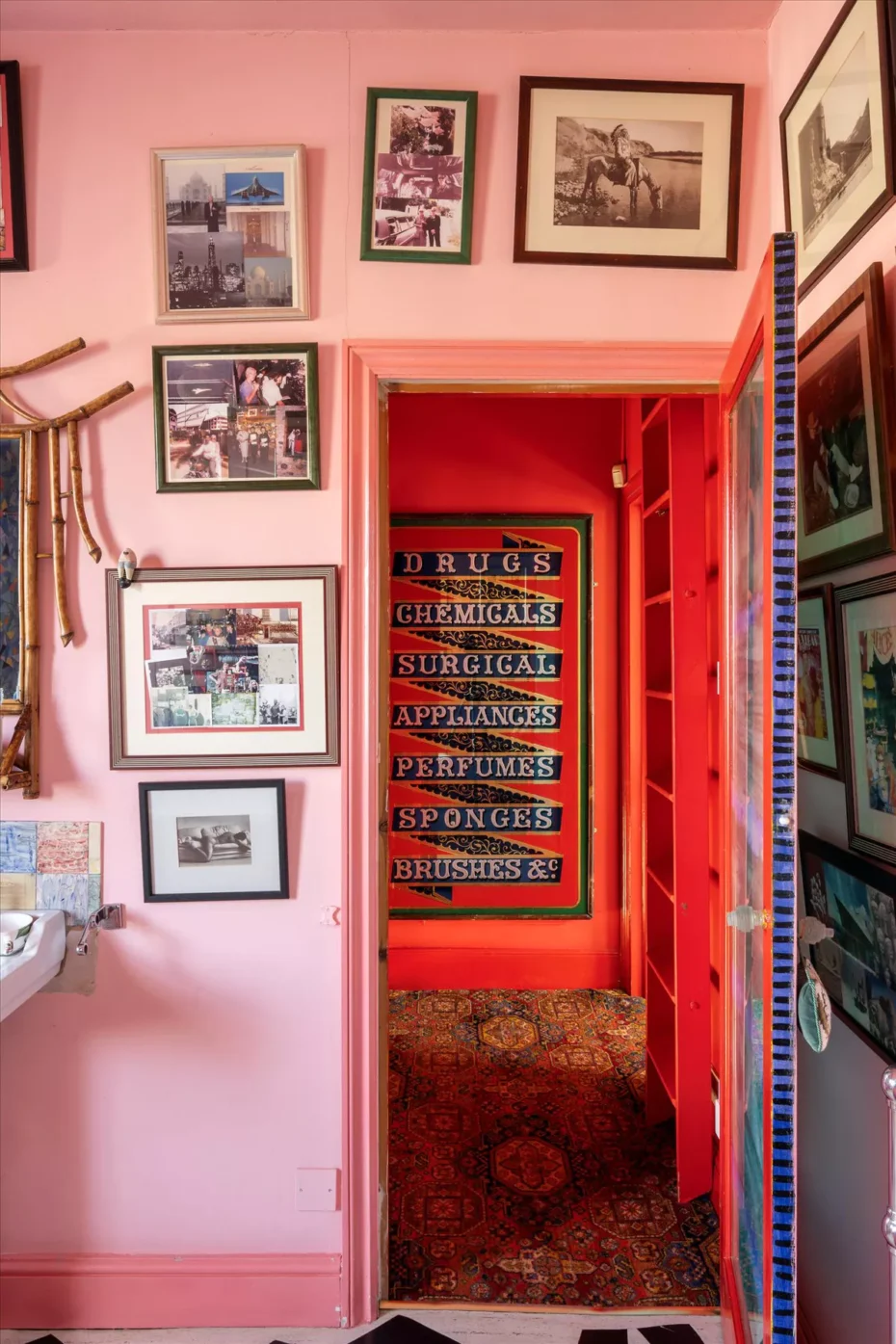

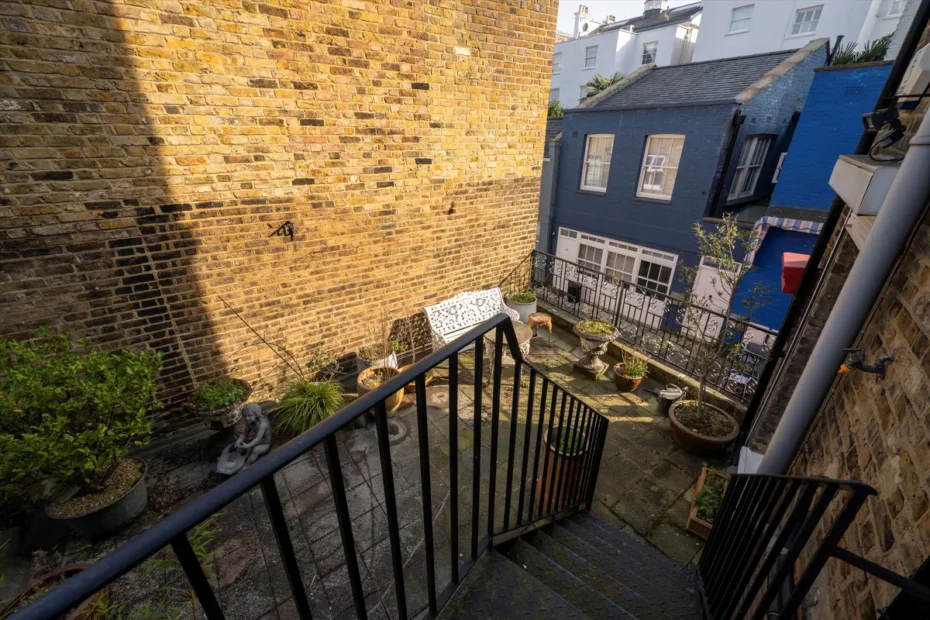

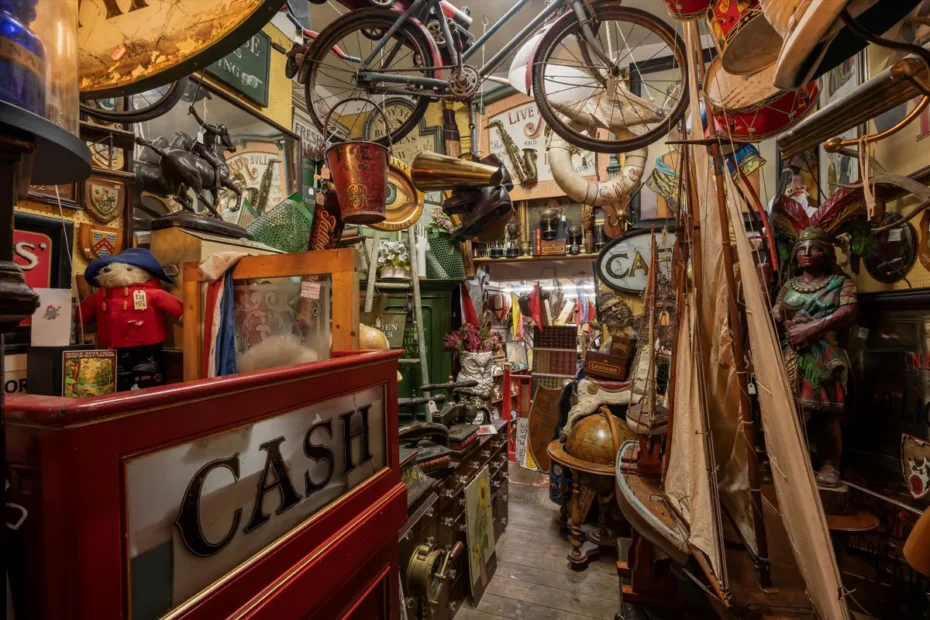
Property for sale on Knight Frank.
2. Becoming an Artist Residence at the Historic National Arts Club
3. In a Quaint French Village, a sculptor and his daughter brought Vincent Van Gogh’s celebrated Room to Life as an Airbnb

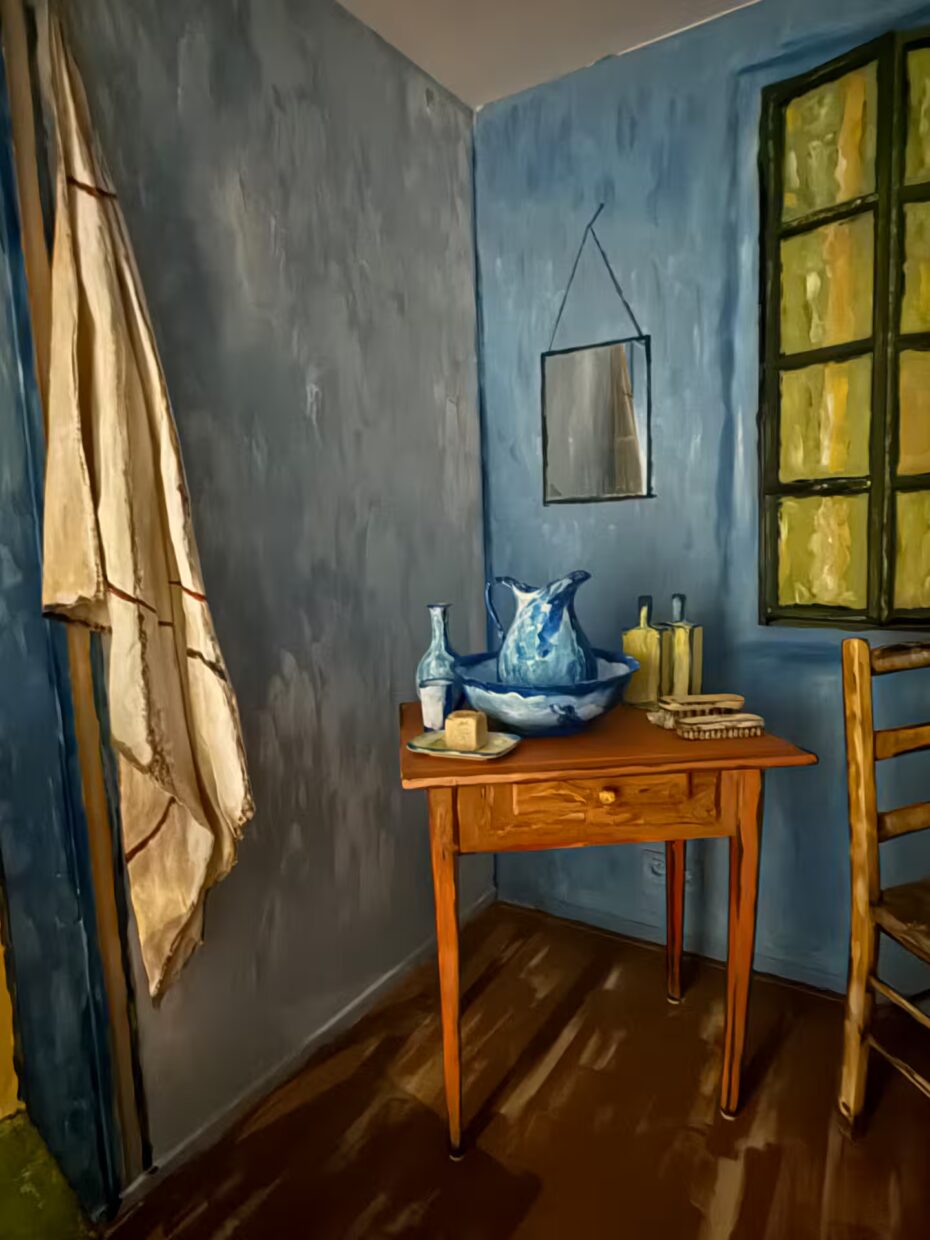


This captivating project sprang from the sculptor François Lassere’s vision and unfolded over months of dedicated research, painting, and intricate planning with his daughter. Find the Airbnb listing here.
4. An Abandoned Chateau Known as “Little Versailles”
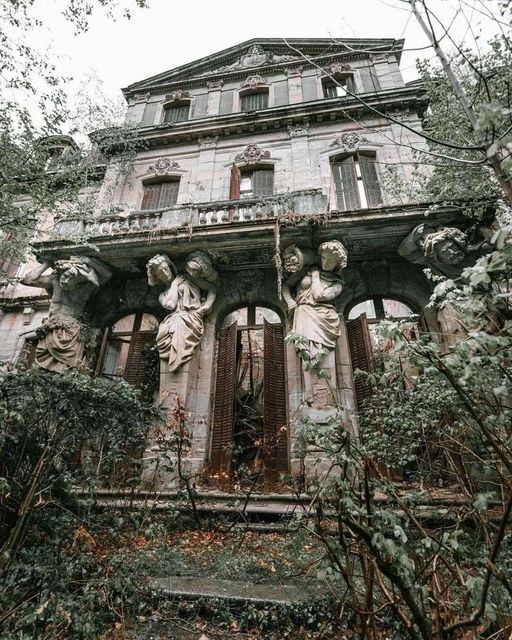
In a village in the Vosges department of France is a chateau built in the nineteenth century by Charles Perron for the widow of a wealthy French industrialist, Elisabeth Géhin. Called the “Versailles vosgien”, the chateau was built in the Louis XV style, using only the finest materials including Carrara marble, fresco, and grand-scale tapestries. Unfortunately the chateau has been abandoned since 1972, though there is now a movement to preserve it.

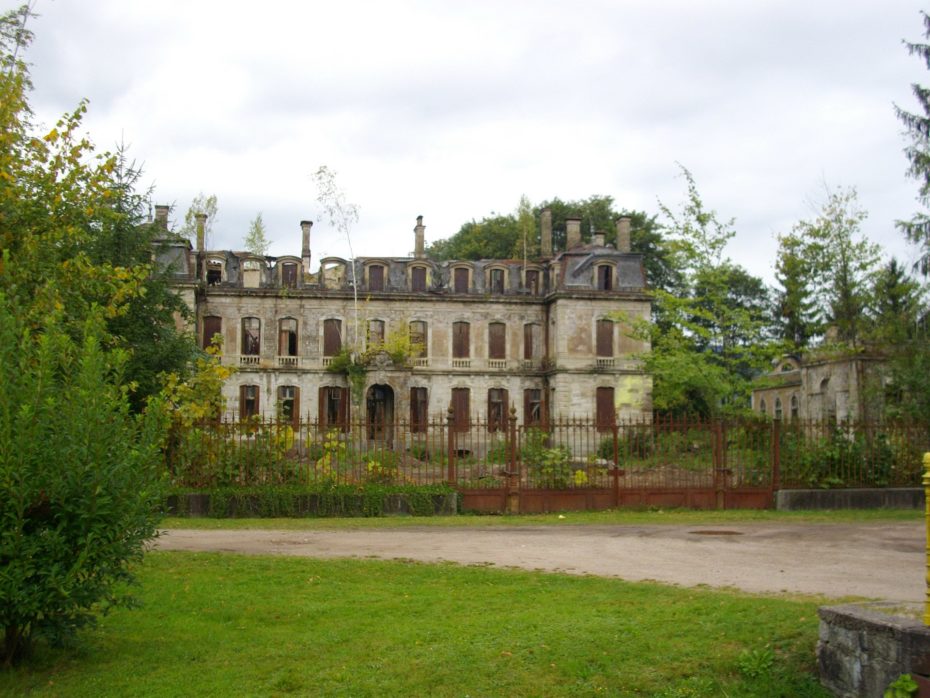

Found on Wikipedia.
5. This Travel Companion
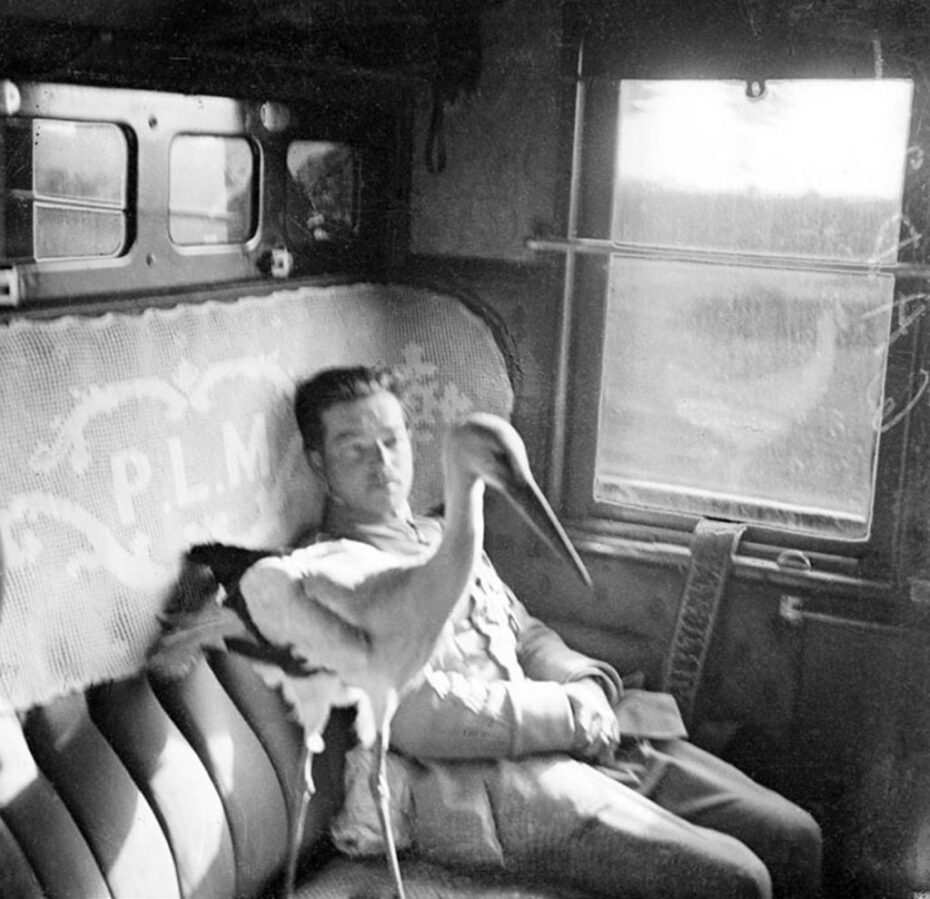
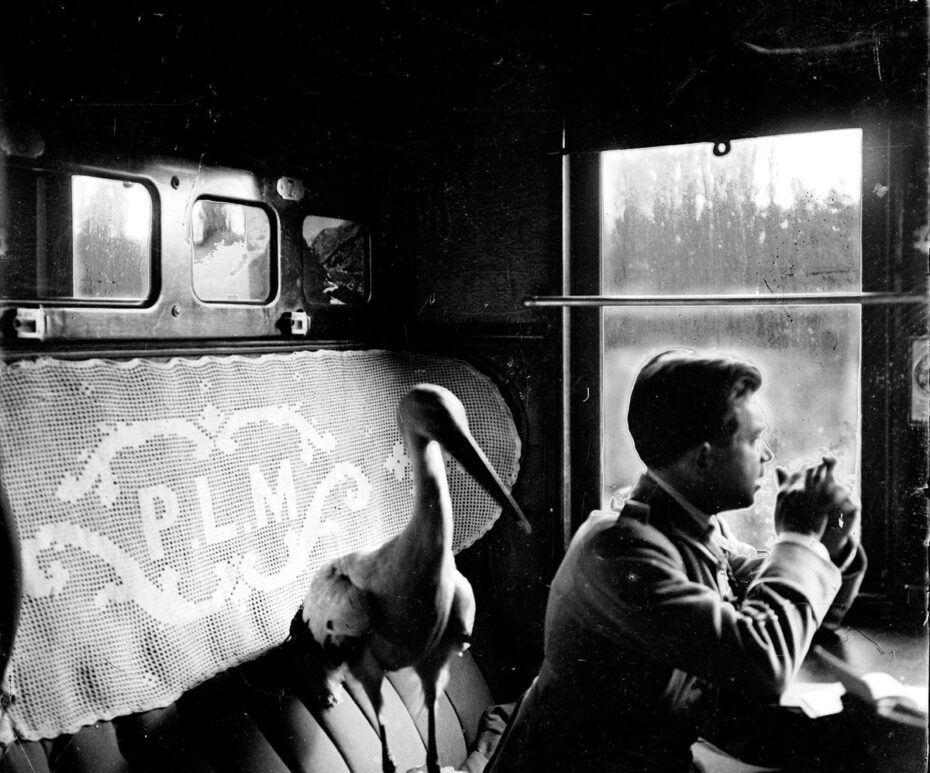
Lieutenant René Fonck and his stork received as a gift from the mayor of Lyon, 1918
Found here.
6. Timeless Tips for “Simple Sabotage” from the CIA circa 1944
t was designed to be used by agents in the field to hinder our WWII adversaries. The CIA recently highlighted five tips from the manual as timelessly relevant:
1. Managers and Supervisors: To lower morale and production, be pleasant to inefficient workers; give them undeserved promotions. Discriminate against efficient workers; complain unjustly about their work.
2. Employees: Work slowly. Think of ways to increase the number of movements needed to do your job: use a light hammer instead of a heavy one; try to make a small wrench do instead of a big one.
3. Organizations and Conferences: When possible, refer all matters to committees, for “further study and consideration.” Attempt to make the committees as large and bureaucratic as possible. Hold conferences when there is more critical work to be done.
4. Telephone: At office, hotel and local telephone switchboards, delay putting calls through, give out wrong numbers, cut people off “accidentally,” or forget to disconnect them so that the line cannot be used again.
5. Transportation: Make train travel as inconvenient as possible for enemy personnel. Issue two tickets for the same seat on a train in order to set up an “interesting” argument.
Found on Kottke
7. Poisonous Wallpaper made with Arsenic circa 1845
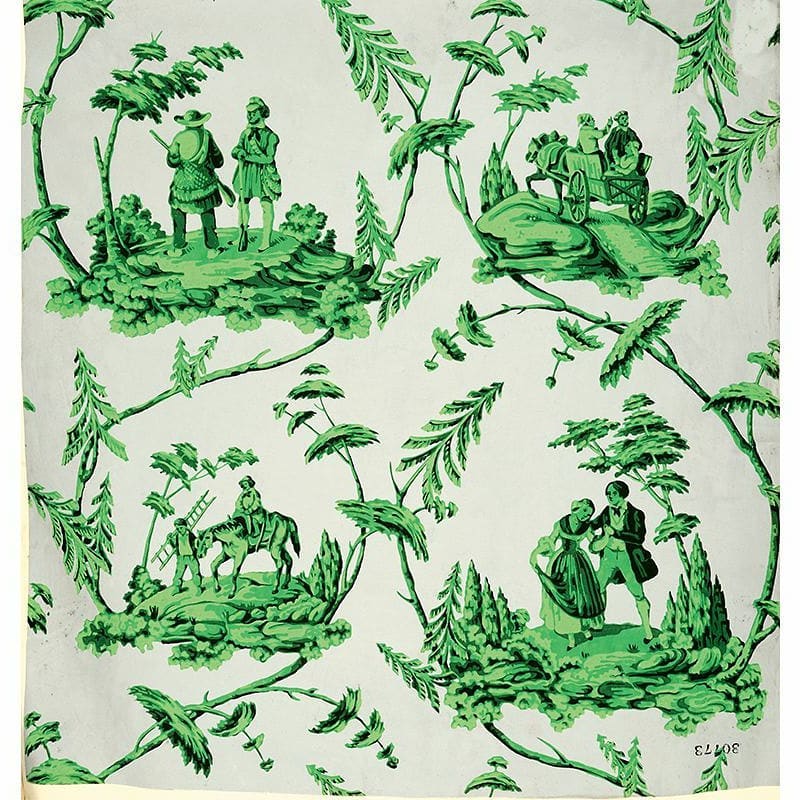
Lucinda Hawksley’s Bitten by Witch Fever: Wallpaper & Arsenic in the Nineteenth-Century Home chronicles the rise of poisonous pigments in the 19th century through the burgeoning British wallpaper trade. The beautifully designed book includes facsimiles of 275 Victorian wallpapers, all of which were found to contain arsenic after recent testing by the British National Archives.
Found on Hyper Allergic.
8. Arsenic Wafers, nibbled on by Victorian women to get a very pale skin tone
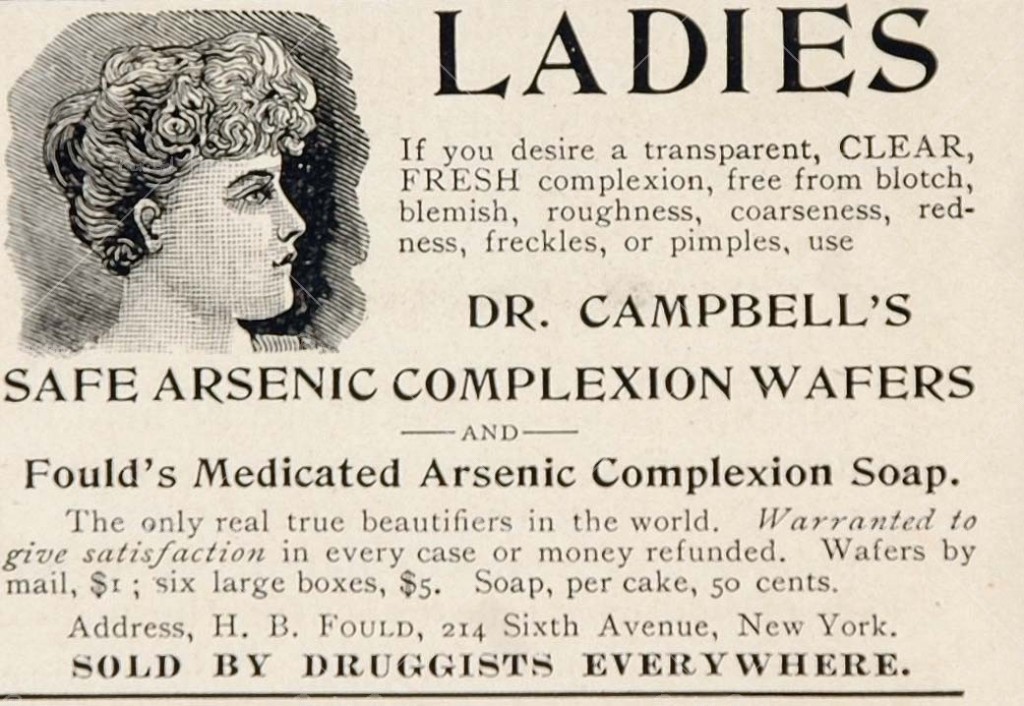
Say the word arsenic and most people think “deadly poison.” Arsenic was the poison of choice for murderers up through the latter part of the nineteenth century, and it is still used for homicides up to the present time. It may, therefore, seem surprising that arsenic was also used extensively as a medicine for centuries, and was even consumed by many people as a health tonic or for cosmetic purposes.
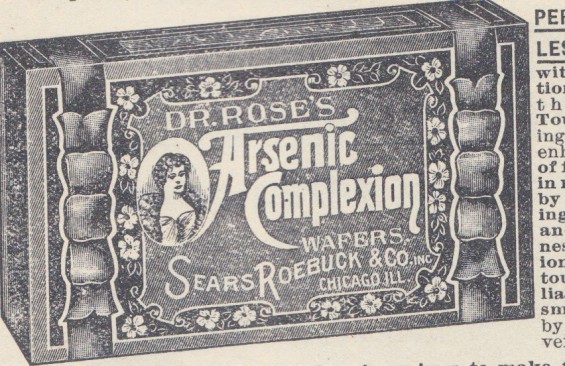
“by the use of hidri [arsenic], to the natural graces of her filling and rounding form, paints with brighter hues her blushing cheeks and tempting lips, and imparts a new and winning lustre to her sparkling eye. Every one sees and admires the reality of her growing beauty: the young men sound her praises”
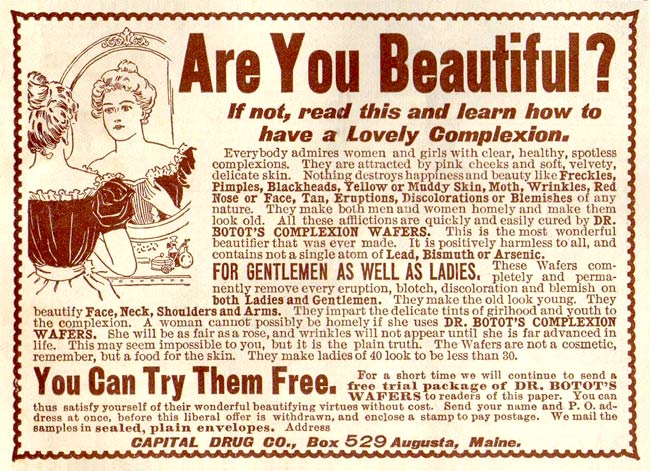
Dr. Simms’ Arsenic Complexion Wafers and Dr. Campbell’s Arsenic Complexion Wafers were popular, as were arsenical soaps. In general, however, these arsenical wafers and soaps contained very little arsenic, which was undoubtedly a good thing.
Read all about it on Ultimate History Project.
9. Plague Cufflinks
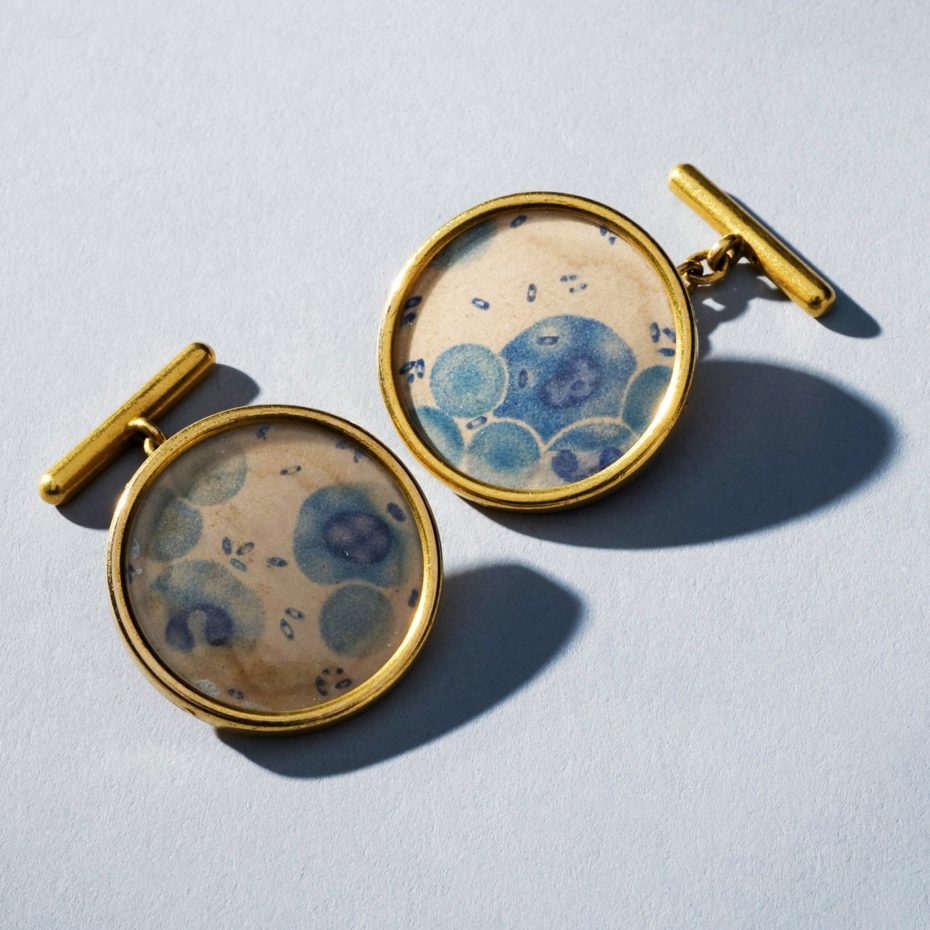
These cufflinks contain pictures of two different strains of plague-causing bacteria discovered in 1894, the names of which are engraved on the back. It’s believed that they were made by Fabergé, the celebrated Russian jeweller. The use of these images on the cufflinks suggests the pride taken by the recipient/ wearer in the discipline of bacteriology.
Found on the Wellcome Collection.
10. Reading Urine in Medieval Medicine

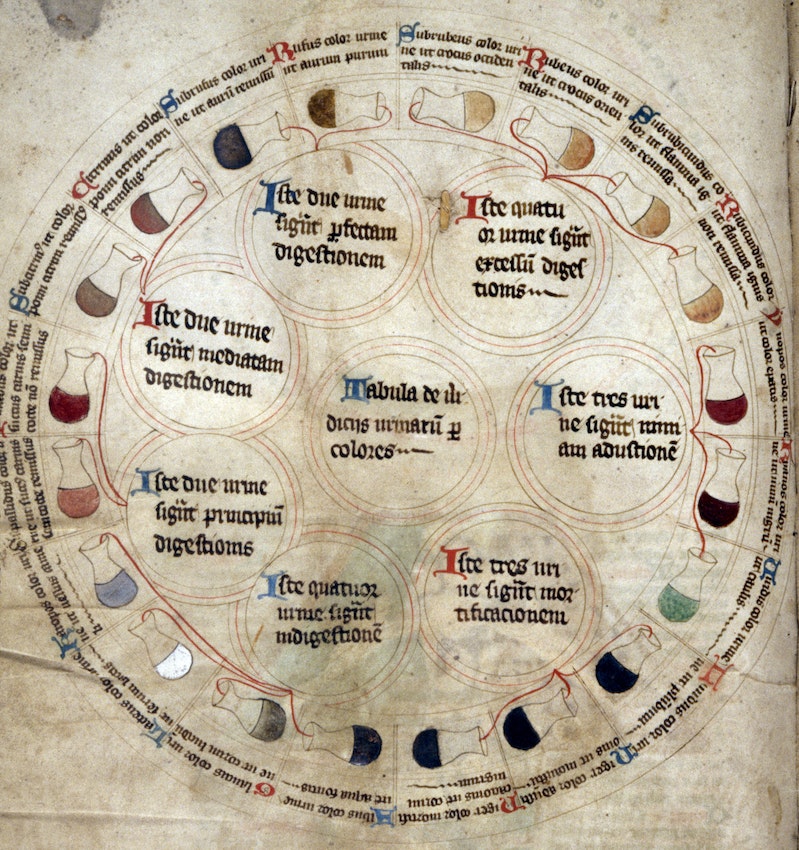
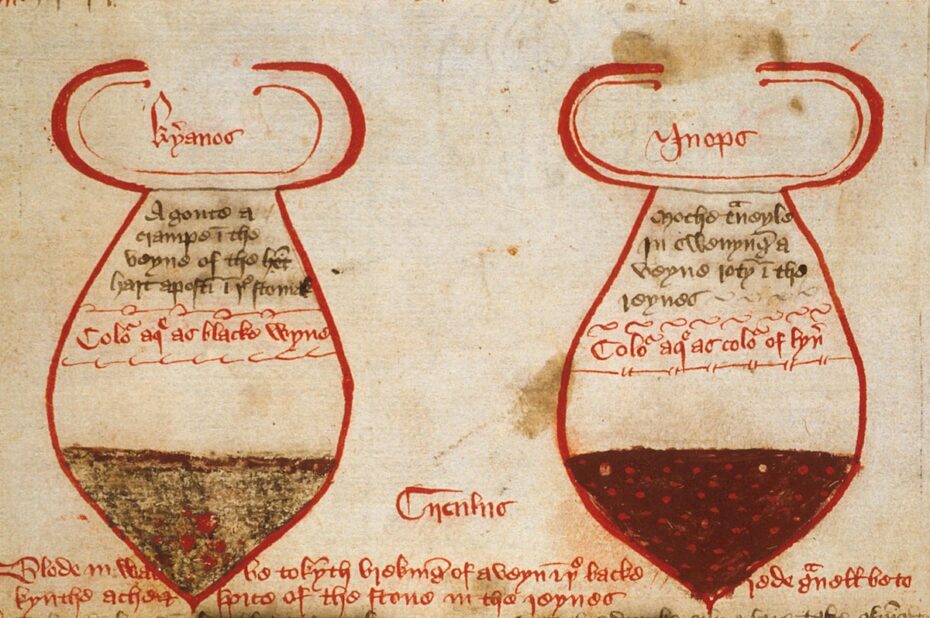
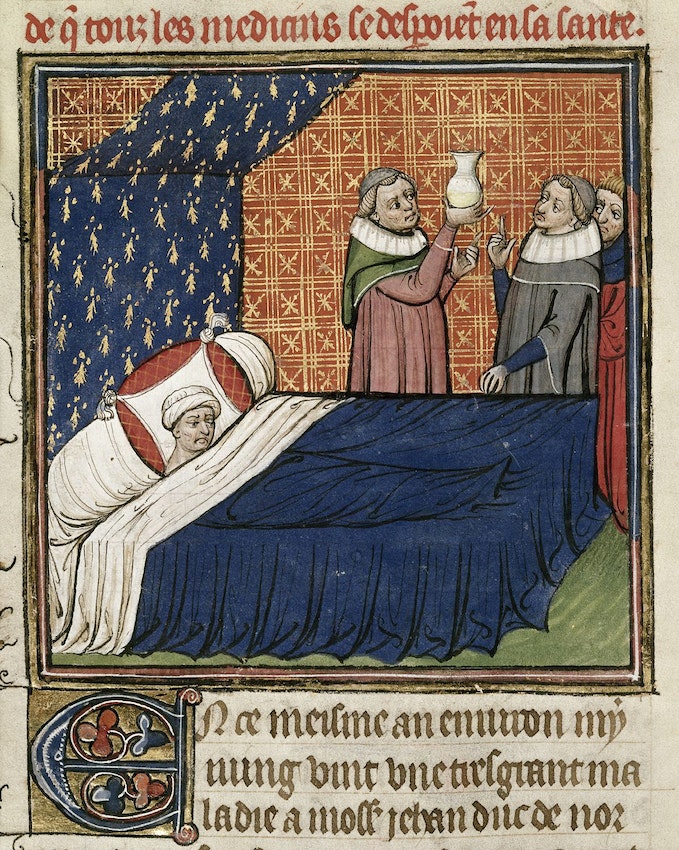
From cabbage green to course meal, medieval manuscripts exhibit a spectrum of colours and consistencies when describing urine. Katherine Harvey examines the complex practices of uroscopy: how physicians could divine sexual history, disease, and impending death by studying the body’s liquid excretions.
Full article found on the Public Domain Review.
11. The detail at the bottom of a mummy case, circa 332 BC – 323 AD
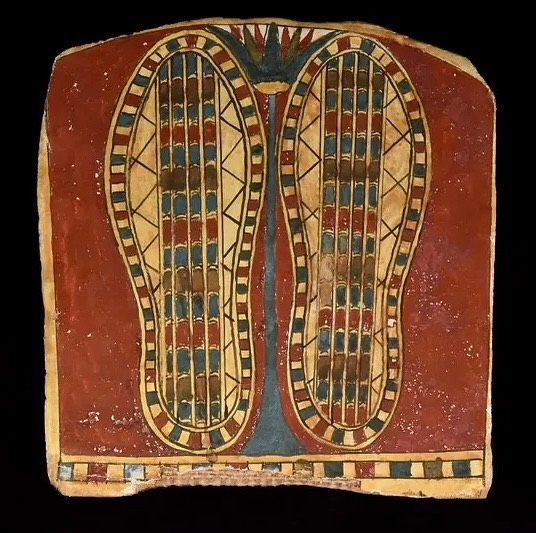
Sold at Apollo Gallery in London.
12. The first king to travel around the world


He had tea with the Queen, was blessed by the Pope and spread Hawaiian culture across the globe. More than a century later, a festival dubbed the “Olympics of hula” honours his legacy.
Read the article on the BBC. Further reading The problem with America’s Only Royal Palace.
13. Exercise Advice for Flappers, circa 1920s
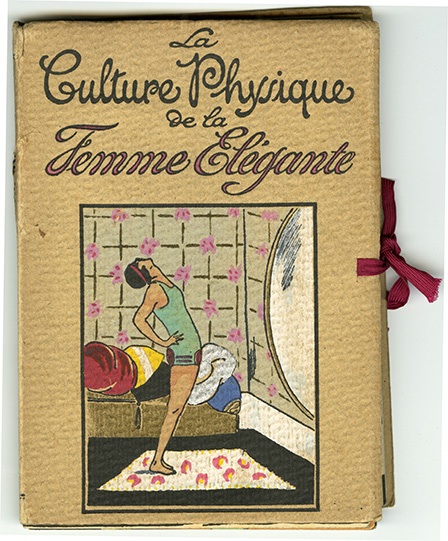
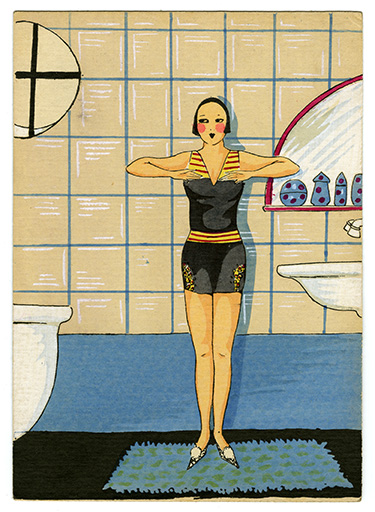
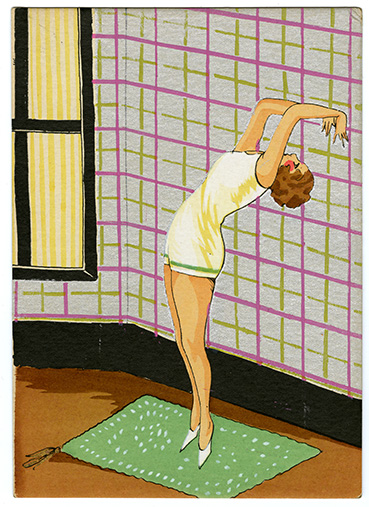



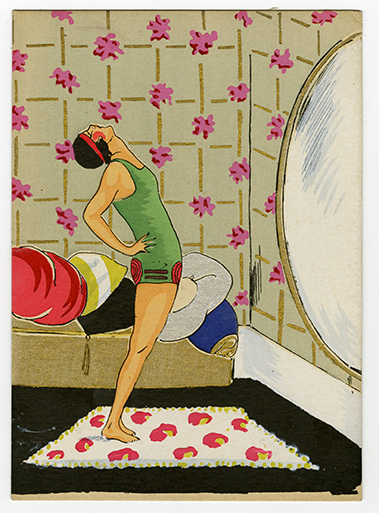
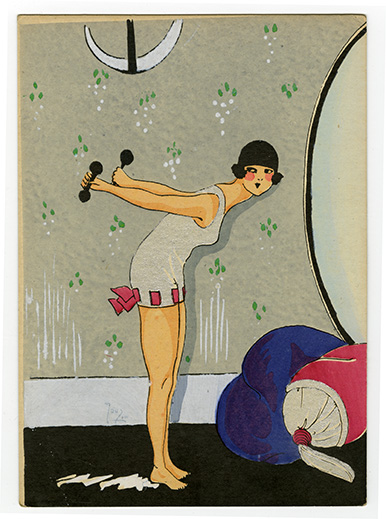
More gorgeous prints found on The Vault.

